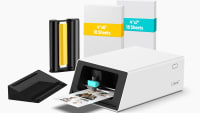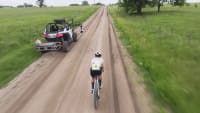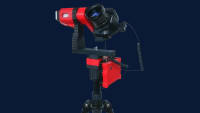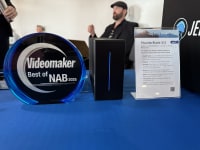The Power of Integration: Legendary Photographer Joe McNally Explains the Key to his Powerful Workflow
Master photographer Joe McNally takes us through the integrated tools that make his workflow possible.
Wayne Grayson • May 23, 2024
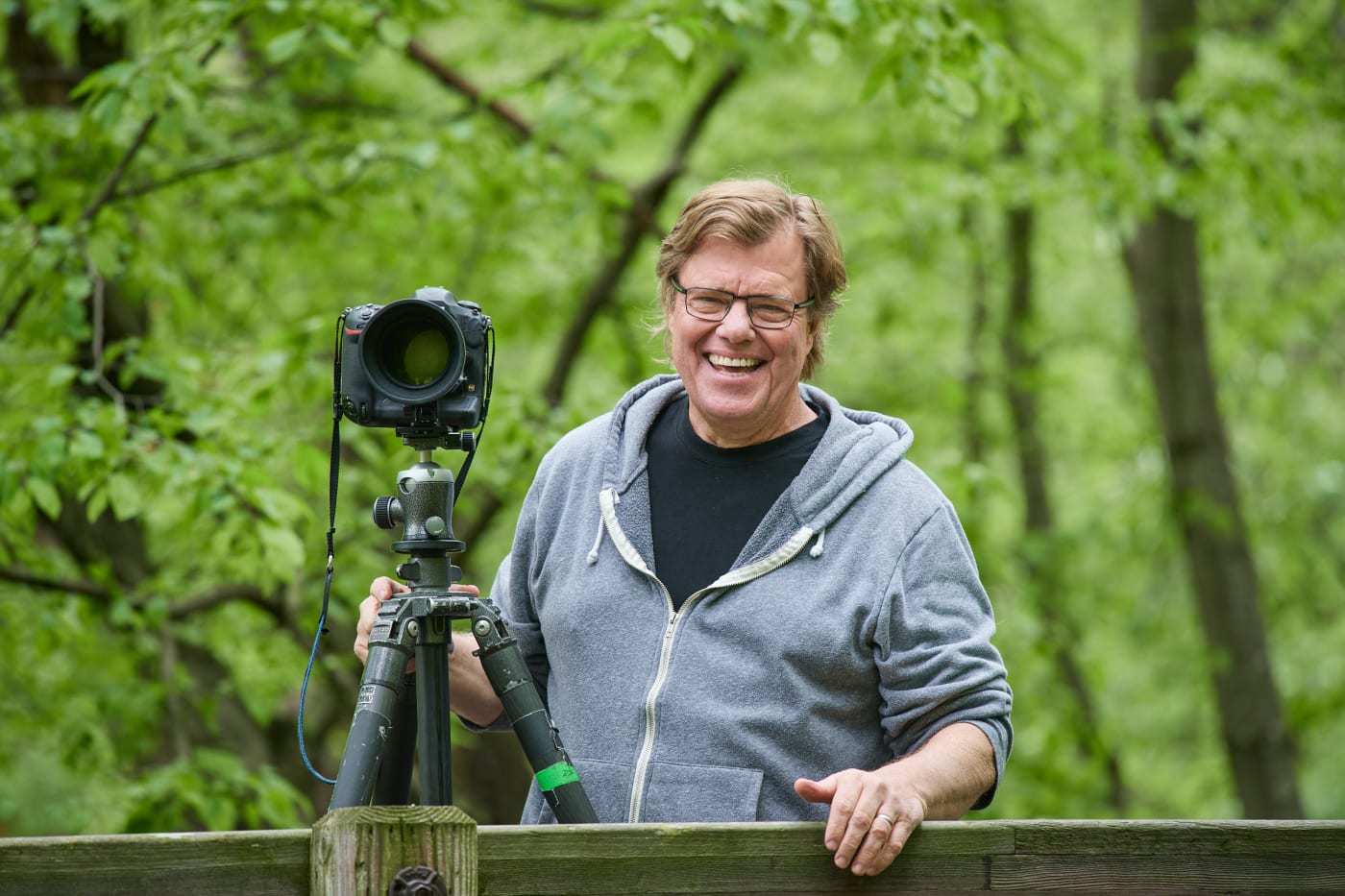
Joe McNally marveled at the two-and-a-half-pound block of metal and rubber in his hands. On assignment for National Geographic, McNally was in the process of making history, shooting the first-ever all-digital story in the legendary magazine’s 115-year history.
Rather than a roll of film that held only 36 exposures, there was a small card inserted into the D1X that could hold a mind-boggling 1GB of data, enough room for 119 shots!
McNally carried the D1X into the skies on two flights with the Angels on that assignment, thankful for the digital camera’s ability to hold the equivalent of more than three full rolls of film. For those of you that haven’t been aboard an F/A-18 Hornet with one of the world’s best fighter pilots at the controls, these supersonic jets can reach speeds that will peel the skin back from your eyes, up to 1,900 miles per hour.
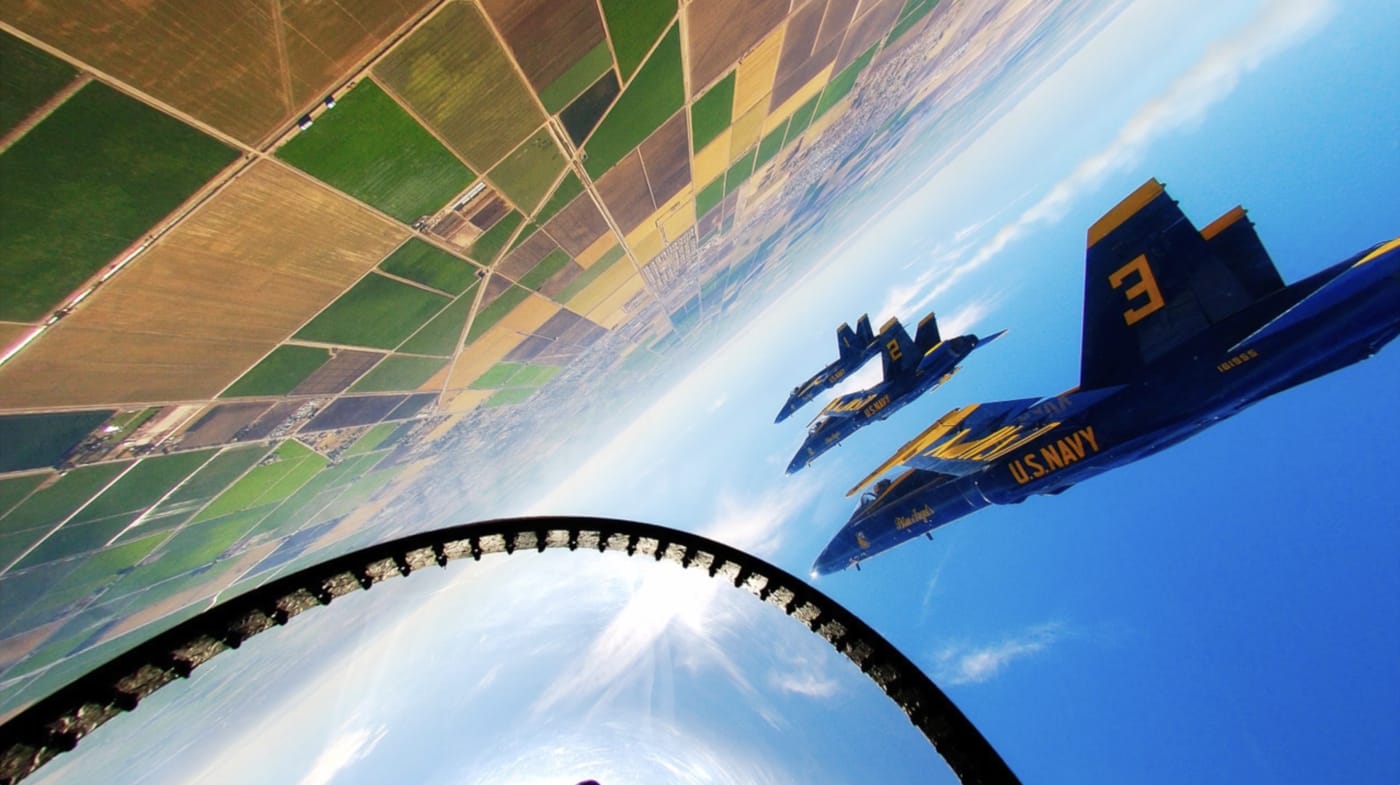
The Blue Angels shoot, a frame of which you can see above, would find its way into the Library of Congress, signaling a new era of photojournalism and photography in general. More than two decades later, McNally is not just a digital trailblazer but a photography legend.

He has shot on assignment in more than 70 countries, covered four Olympic Games, and worked with some of the biggest companies in the world. Still, the venerated, multi-award-winning photojournalist, director, author, and advertising photographer still finds himself impressed by the rapid advance of the tools of his trade.
And just because he has seen the mountaintop of professional life, doesn’t mean that McNally is slowing down. He remains on the hunt for new efficiencies, new technology, and better tools to improve his craft. So, we asked McNally to take us through his current toolkit and workflows, a master’s process assembled by a lot of trial and error over several decades.
The Gear
McNally is a lifelong Nikon shooter. As such his primary camera body is the lightning fast Nikon Z9.
“We’ve come so far so fast,” he says. “The day and age that we live in now in terms of photography technology to me is just astonishing. You know, my primary camera, the Nikon Z9 is like science fiction compared to the cameras I started with.”
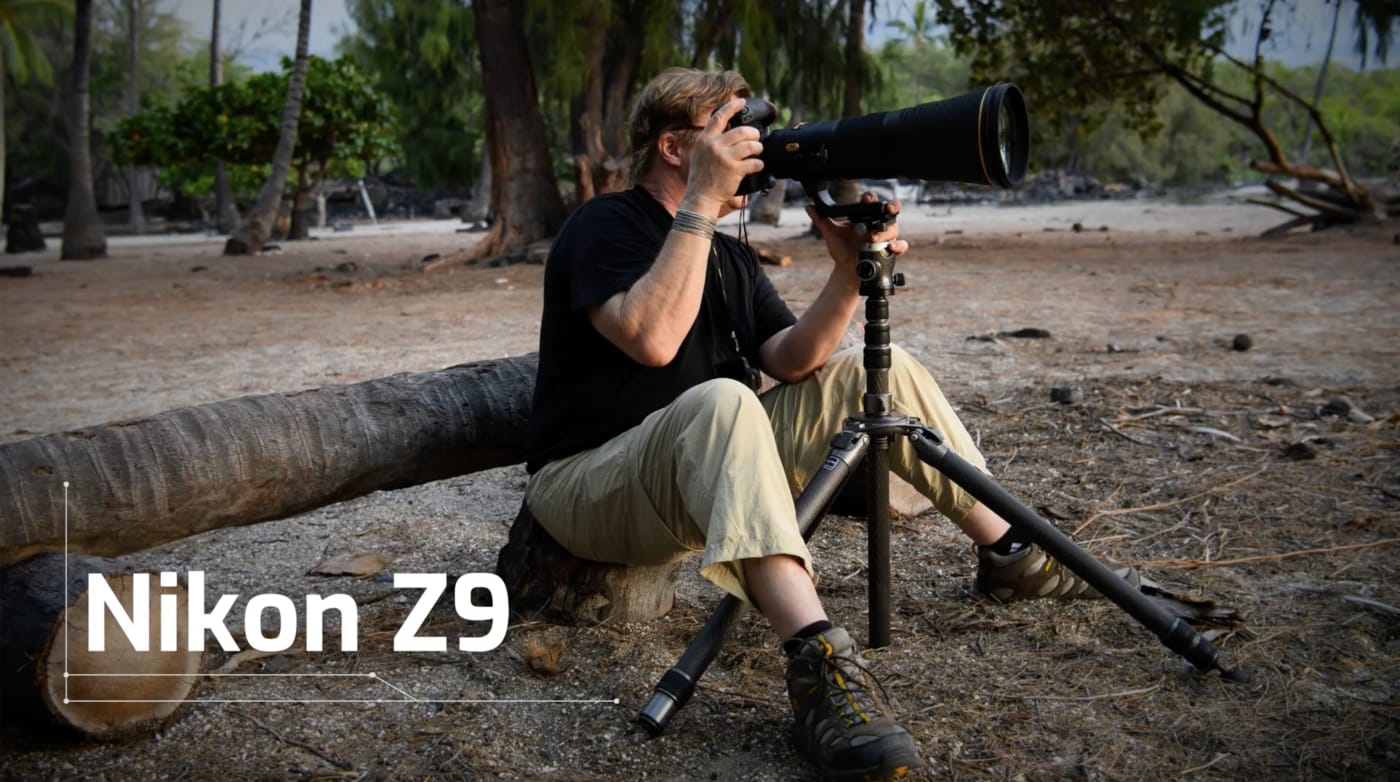
While that D1X McNally shot that first all-digital National Geographic story with had a 5 megapixel APS-C sensor, had a max ISO of 800(!) and could only muster 3 shots per second, the Z9 has a 45MP full-frame sensor, a max ISO of 25,600, and can shoot an incredible 120 frames per second.
McNally says that it is crucial that he have memory cards that ensure he is getting that max rate of 120 fps out of his Z9. That’s why a pair of 1TB OWC Atlas Ultra CFexpress Type B cards are inside his Z9 on most shoots. Atlas Ultra cards boast read speeds up to 3650MB/s and write speeds up to 3000MB/s, giving McNally complete peace of mind.
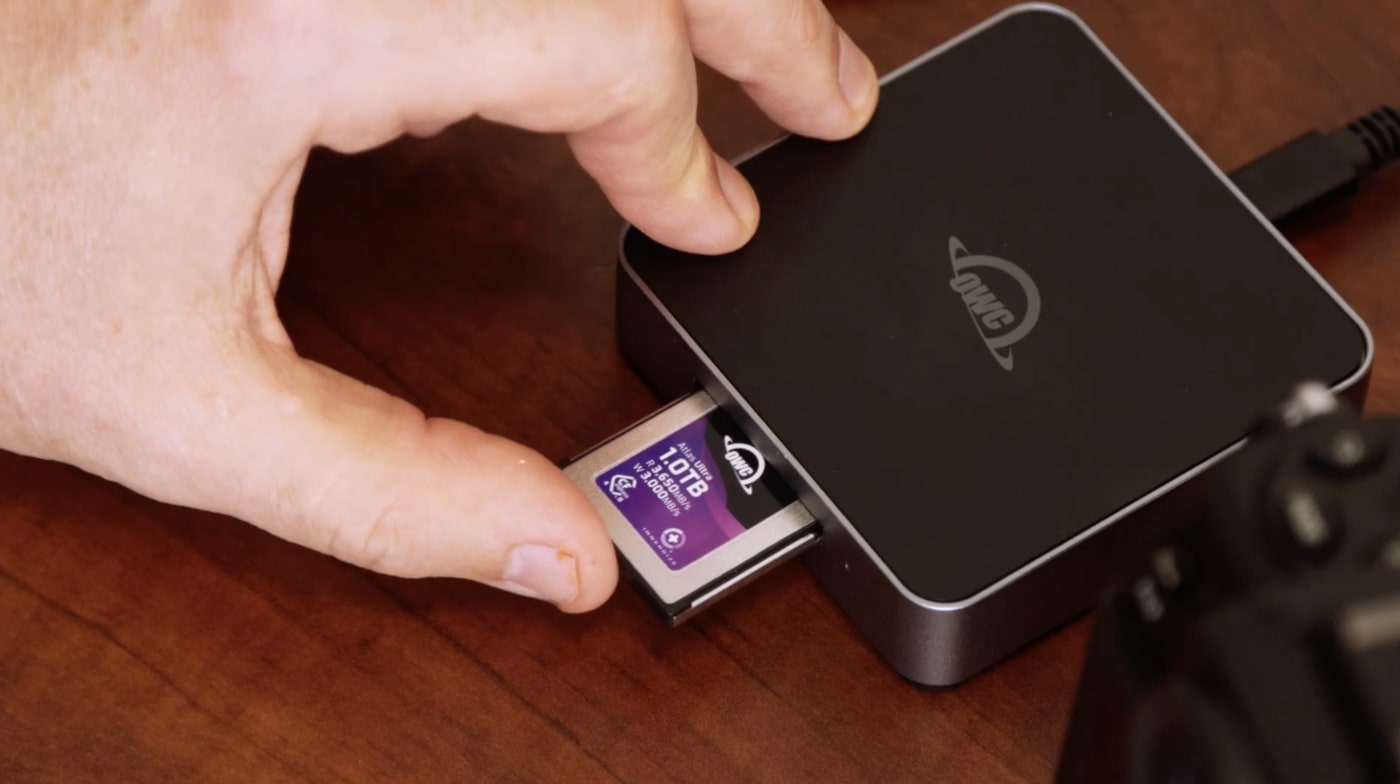
“The Z9 is a beast and you have to feed the beast,” McNally says of the Atlas Ultra cards. I always tell people, it’s no good owning a Ferrari when you only drive it to church on Sundays. Getting the max rate out of that camera creates enormous advantages, especially, say, at an event like the Olympics.”
Plus, with the 2TB of storage that the Atlas Ultra cards provide, McNally says he sometimes doesn’t have to swap cards out until after multiple days of shooting in the field.
“These cards aren’t clunky,” McNally says. “You know, historically, bigger drives might tend to be a little slower. That’s not the case at all with the OWC Atlas cards. In the past, photographers would be nervous about using such large cards. I am not nervous at all.”
McNally is a Nikon purist when it comes to glass as well. His collection of Nikkor lenses ranges from the 16mm f2.8 prime, to the Nikkor Z 70-200 f2.8 all the way up to the behemoth Nikkor Z f5.6.
Reliability and speed, both during the shoot and afterward while offloading and backing up, are crucial—not just in memory cards, but in every card reader, external drive, and connectivity solution in a photographer’s workflow.
The Backups
Every photographer should make backups a priority. As you might expect, a decorated photography veteran like McNally, who, in addition to shooting for legendary publications like Nat Geo and Life magazines also counts FedEx, GE, ESPN, Adidas, and many more giants of industry as clients, is no exception.
“As a photographer, there are many things that are out of your control,” McNally explains. “But when it comes to the take, once you shoot it, that’s completely within your means to be protective of it.”
McNally’s mindset is to protect the shoot at all costs.
“The pressure is on,” he adds. “If you’ve got a well-known person or a client who has spent a lot of money pulling together all the bits and pieces of a shoot, it all rests on your shoulders. The disaster stories of heard of entire takes disappearing? To me that would be one of the worst things that could happen to you as a photographer in the field.”
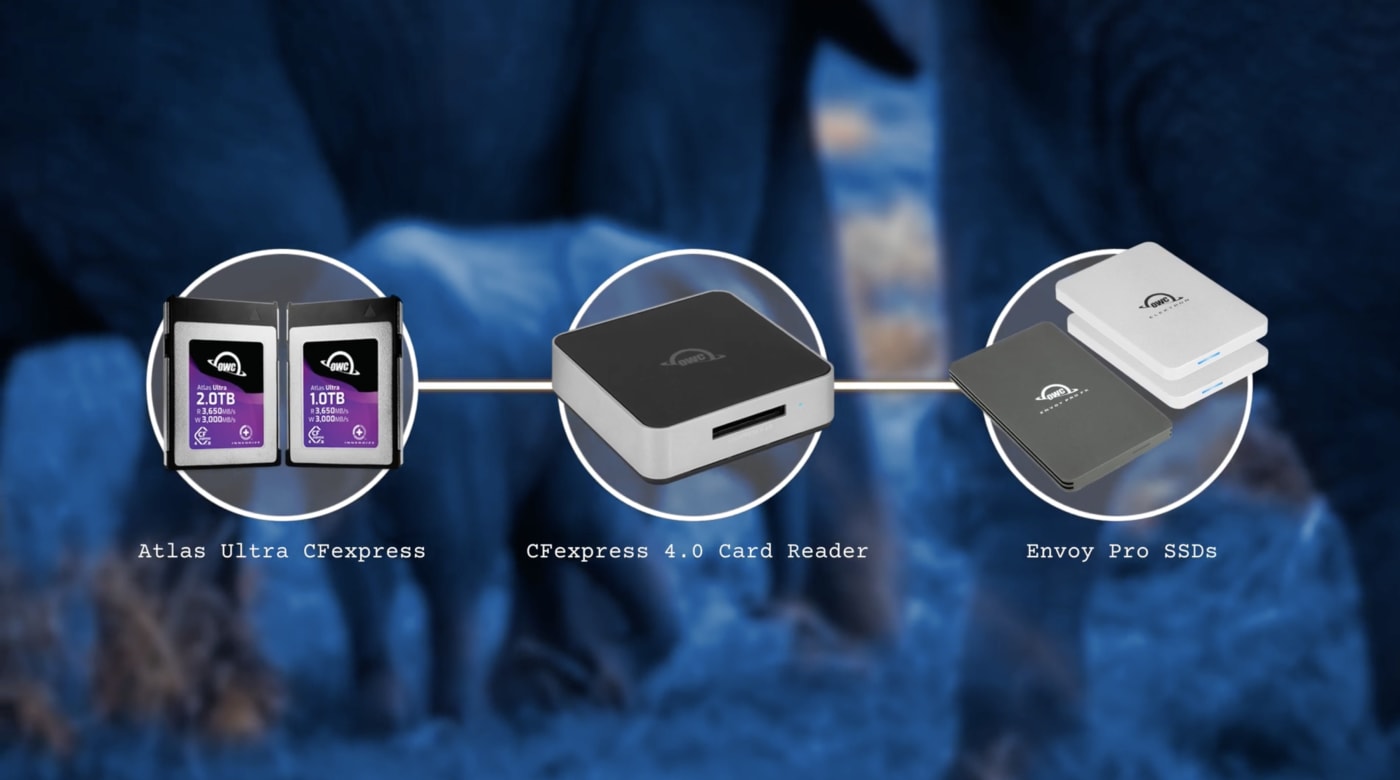
To that end, McNally ensures that he has as many copies of the entire take both during the shoot and after. While still in the field he backs up to no fewer than three external SSDs as soon as he can following a shooting day. And just as he prefers an all-Nikon camera and lens loadout, McNally opts for an all-OWC capture and backup system.
McNally offloads his OWC Atlas Ultra cards to three SSDs, usually a mix comprised of OWC Envoy Pro FX and the small-but-mighty Envoy Pro Elektron drives. The cards themselves are plugged into an OWC Atlas CFexpress 4.0 Card Reader. This bus-powered CFexpress Type B reader enables data transfers up to 5000MB/s, ensuring that you get the full benefit of the Atlas Ultra’s ~3000MB/s speeds.
But the ultimate destination for McNally’s assets, as we’ll discuss below, is an OWC ThunderBay Flex 8 with 120TB of storage. The Flex 8 is a Thunderbolt-connected, 8-bay storage solution configurable up to 172TB with hard drives or SSDs and speeds up to 2750MB/s for lightning fast backups.
The Workflows
Because McNally does both on-location and in-studio shoots, he has two different workflows: Shooting to Card and Tethered.
Shooting to Card
McNally says the majority of his work is in the field and shot directly to memory cards. When a shooting day is over, McNally plugs his OWC Atlas Ultra cards into the Atlas CFexpress 4.0 Card Reader to review and offload the shoot.
“All of the OWC card readers are a really wonderful complement to the speed of the cards because the download saves you time,” McNally says. “You get back to the hotel at the end of a shooting day, you’re hoping to rest, but you still have batteries to charge and cards to offload. I’ve had some very iffy card readers in the past where they wouldn’t mount to the desktop or they would take forever to offload.
“One thing I have noticed over time is the speed at which the cards pop up on your desktop with OWC cards and card readers. You plug in and you’re immediately able to grab images and start moving them.”
With a card mounted, McNally then reviews his images in Capture One and offloads the keepers to an Envoy Pro FX and two Envoy Pro Elektron SSDs.
Those three SSDs are then placed in separate locations to ensure that if something happens to one of them that causes data loss, the other two remain safe.
“And then also, what we do as part of our workflow is that once we've shot pictures, we don't clear the cards,” McNally adds. “We put them back in the cameras, the cameras go into our rollers, and the rollers always stay with us. And so there's a, if you will, a fourth ‘backup’ or copy of the shoot.”
When McNally returns home from an on-location shoot, he then copies the shoot to his ThunderBay Flex 8 RAID. From there, those files are also backed up to a backup server.

Tethered workflow
When shooting a job on a set or in the studio, McNally’s camera is tethered into his own laptop or that of an assistant. The images are written directly to the laptop through the Capture One application and can be shared to a large monitor for McNally and the client to review in real time.
“Capture One is very, very solid, and very dependable,” McNally says. “If I need to put a look on to the images that are coming in, or tweak how the image is displaying for the client to get an idea of what the final image might look like, I can do that as I shoot.
“Plus, I can program the laptop to download to the laptop, to a memory card or to both the memory card and an external SSD connected to the laptop which is another measure of security.”
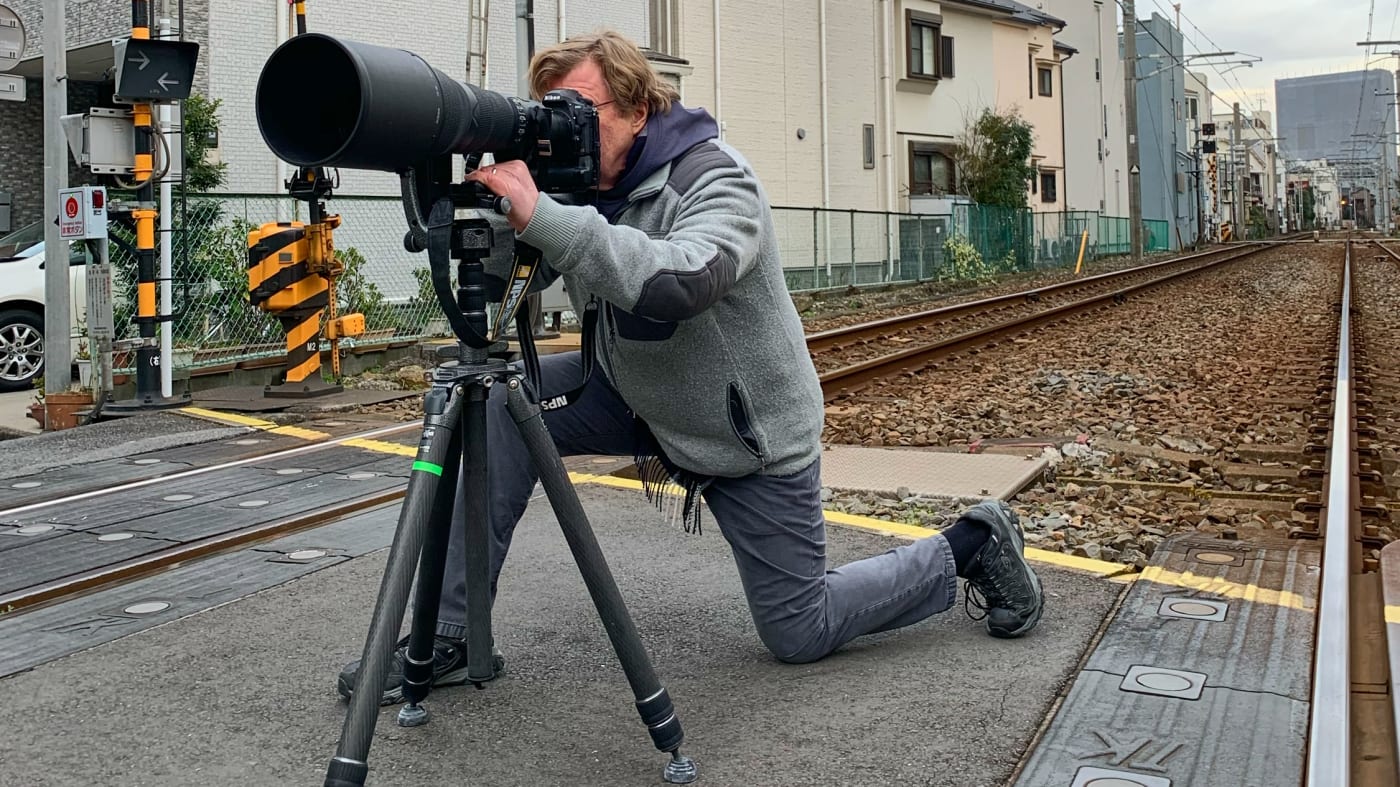
Go with the flow
As a highly respected and sought-after professional, time is extremely valuable to McNally. That’s why integrated tools that can shave off 10 seconds, here, 10 minutes there, and two hours quickly become worth their weight in gold.
“For me, the combination of OWC cards, readers, and drives shows the power of an ecosystem, really,” McNally says of adopting an OWC-powered workflow. “The combination of all three provide a great amount of confidence. As a result, we have become a more complete studio.
“I’m a big believer in being organized and systematized. Before our workflow was a hodgepodge of other tools and drives. Now our work is organized and flows into an integrated system and we haven’t looked back.”
Other topics you might like
Share Your Work: Turn Your Photos Into Stickers With the Easy-to-Use Liene PixCut S1
Updated on Apr 17, 2025
This Race Documentary is a Masterclass in Real-Time Storytelling
Updated on Apr 15, 2025
Capture Beautiful Photos With This Free, 3D-Printed, DIY Robotic Panorama Head
Updated on Apr 10, 2025
OWC’s New ThunderBlade X12 Awarded Best Desktop Storage of NAB 2025
Updated on Apr 9, 2025
